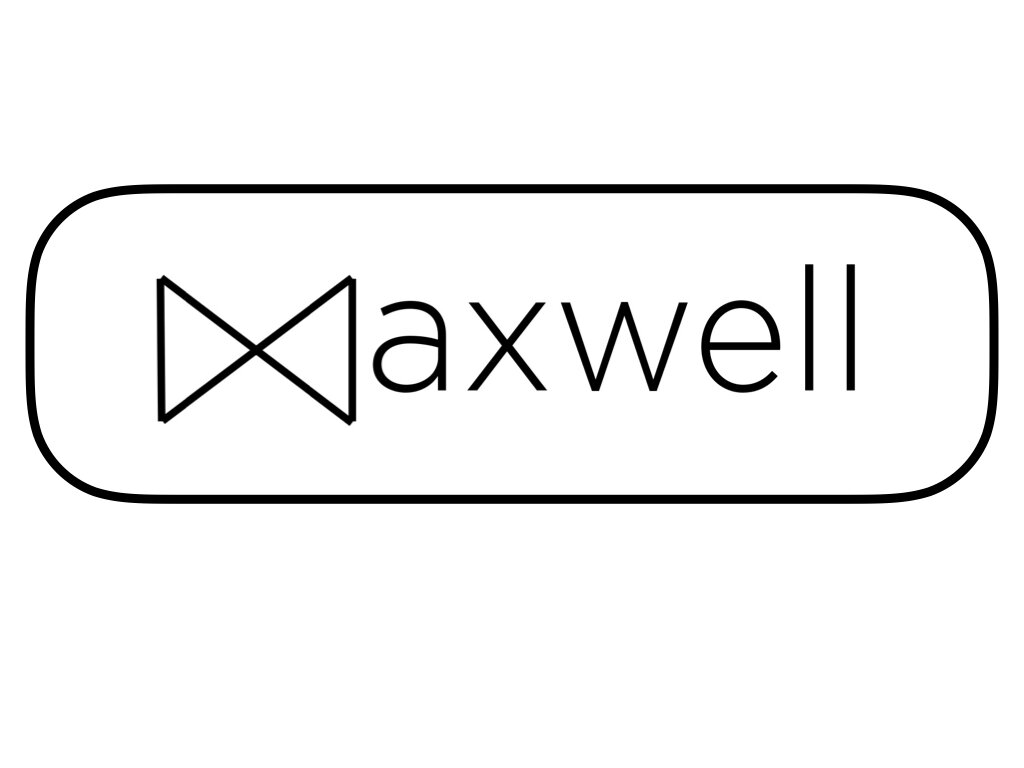Why Build a Modern Benefits Program
The HR community has been talking about simplifying and customizing benefits for a decade. Yet today, many benefits programs look the same as they did then. This lack of traction is one reason why Maxwell was started in the first place. Others are catching on.
Modern benefits are finally here
It may have taken a global pandemic, stagnant wage growth, and us outspoken (some may say complaining, I’ll accept it) younger generations entering the workforce—it’s clear that times are changing.
And more so than ever, our employers play a key role in our daily lives. Beyond compensation, workplaces are a source of companionship, entertainment, and (hopefully) some measure of purpose. While I love all of these aspects of work, the increasing pressure on workers is at a tipping point.
In a previous blog post, we talked about Americans being overworked. We rank as some of the most stressed workers in the world. It appears it may be catching up to us; increased stress and macro changes are leading to burnout and job resignations. To make matters worse, real wage growth has remained stagnant. We know the benefits program plays an important role in the total compensation package and overall workforce wellbeing.
But why do we offer benefits in the first place?
I think it’s good to return to first principles when thinking through how to address the challenges above.
So allow me a quick history detour, as I think it’s important context. This topic may be worth a full post (if you think so, let us know), but a brief discussion will help.
Though benefits programs really took off during and post-WWII, their origins in the U.S. lie in the Industrial Revolution. For most Americans, pre-Industrial Revolution work and life centered around agriculture. With oil and the steam engine, this changed. Soon jobs in factories and on railroads became the major source of employment.
In the midst of a major social and workforce changes (moving from a farm to a steampunk-esque city is quite the culture shock), companies looked to be a source of stability.
The first benefits programs came as pensions to both address near-term retention and the new needs of a longer lifespan. It turns out, workers really enjoyed benefits that focused on their overall wellbeing. Employers liked them too; it meant employees were more loyal and productive (and the optimist in me also likes to think that they genuinely wanted the best for their staff).
This context serves as an important reminder of why benefits matter: the fundamental purpose of benefits program is to support the overall wellbeing of individuals especially during uncertain times.
While they arose in the 19th century, benefits had their hayday in the 1950s. This means modern benefits are a product of the 50s including the one-size-fits-all ethos and blatant unrecogntion of all forms of diversity. For too long, this has been a top-down approach while other aspects of life are moving towards empowering the individual. As mentioned above, and now supported by history, it is time for us to update the benefits program.
Modern benefits = Personalized benefits
It’s time to celebrate the individual for all of their unique rich nuance. Employees do not fit in a cookie cutter mold—this should be celebrated. By providing employees with customized benefits, we recognize their individuality. With user-friendly technology, we make receiving support intuitive; we empower the individual to find care that makes the most sense to them.
If you’re a nursing mother, you should be able to use benefits that allow you to ship breastmilk while traveling (shoutout to our partners, Milkstork) or get reimbursed for all forms of childcare if that’s what support looks like to you.
If you’re going a little stir crazy in you apartment due to a closed office, you should be able to purchase a walking desk or even some plants to bring peace of mind. (I acknowledge that caring for plants may be a stressor to some. The beauty of customized benefits is that no one is making you get them!)
What this means is a rethinking of benefits that acknowledges the original intent of caring for the wellbeing of the worker while updating it to fit our current society.
This shift has 3 key impacts. A benefits program should now...
- Recognize (and celebrate) the needs of a diverse workforce
- Attract, retain, and upskill talent by improving the employee’s wellbeing (remember, this is why benefits started in the first place)
- Empower the HR & Management team with technology that maximizes theri benefit budget, and reduces administrative work.
Modern benefits are not a magic cure, but they can feel pretty magical
While benefits alone do not solve current burnout, retention, and wage problems—they are a critical tool for employers and HR teams. Supporting your employees, helping them rest & recharge, whenever, wherever, and however that looks like to them is a key reframing of how employers can care for their employees.
With this shift, HR Teams and managers no longer need be hamstrung by their lack of tools or the historical origin of benefits. They can embrace new technology and change-makers in the benefits space that not only empowers them but their teams as well. We can overcome the challenges we face with innovation that embraces the individual humanity of the workforce.
In our next post, we’ll hone in on these 3 key impacts and provide actionable insights on how to bring about this renewed benefits program.

